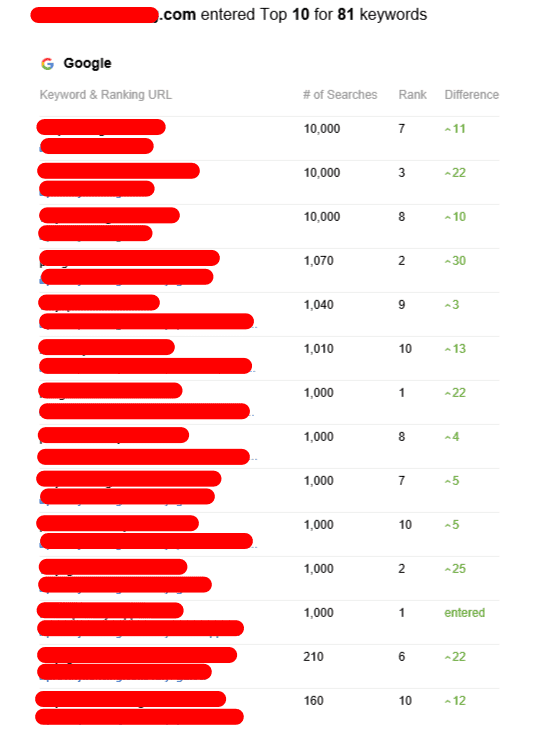Tiered Link Building
Tiered link-building is a popular SEO technique for building backlinks that increases your website's PageRank. It is a black hat method and could result in a Google penalty.
First-tier links are of high-quality and relevant backlinks that drive the majority of PageRank to your website. They are usually obtained through guest posts, press release and social media profiles. They can also be found in directories.
Tier 1
Tiered link building is an approach to boost your domain authority by linking to pages on other websites that have an impressive rank. This is known as link juice transfer and is a reliable method of SEO. Link building tied to a specific topic can be accomplished manually or with automated tools. If you opt to use automated tools, it is important to follow the rules of Google's Webmaster guidelines. You could be in violation of Google's terms of service, and risk being penalized.
A first-tier backlink is a dofollow hyperlink that transmits PageRank value to the target website from its parent website. These links can be gotten through the creation of relevant content and engaging in link outreach. You'll need links from trusted sites with high domain authority. A first-tier link from Real Business, for example can be beneficial to your particular niche since it could give a significant amount of rank power to your website.
Second-tier hyperlinks are used to improve your domain's authority by pointing them to guest blog posts that are published on high-ranking websites. This is a great method to boost your rankings because it signals that you have a good relationship with the authority website. These links can be accessed through forums, social media and bio profile links. You should avoid using Tier 2 backlinks from websites that contain spammy content.
Tier 2
Tier 2 backlinks are an excellent method to boost the performance of your existing links. These links can help boost your ranking on Google and increase traffic to your site. Tier 2 links are cheaper than the first-tier ones. You should only build Tier 2 backlinks for pages that have a high domain authority. Your campaign will be successful if choose the best link-building strategies.
In the case of second-tier backlinks, the quality isn't as important as it is for first-tier backlinks. In fact you can get links from sites with a lower domain authority, as they don't appear suspicious or appear to be spammy. This includes review websites, directories and social bookmarking websites. Additionally, it includes forum links and web 2.0 links. However, it is essential to avoid using automated tools to create tier 2 backlinks since they could be identified by search engines.
It is crucial to pick an organization that is tier-2 in donor status, has a great reputation and is relevant to your subject. If you are writing about digital agencies, for instance, you should search for a site with an impressive SEO profile and an extensive online audience. Otherwise, you'll be wasting your time and money. Therefore, it is advised to choose a donor site with DRs between 20 and 50 percent.
Tier 3
Generally, tier 2 backlinks are used to power existing links that already have good page level power. They can also be a great way to boost the authority of a new site or blog post which requires some additional assistance in getting noticed by Google. But, you must be cautious about how you utilize tier 2 backlinks. It is not recommended to use tier 2 links to link directly to the money site. Instead, it is best to build them only from top-quality websites with a high domain authority.
Second- tiered linkbuilding can include a mix of nonfollow and dofollow hyperlinks and should come from authoritative, relevant websites. This includes PBNs or article directories. They also include forums as well as social media posts and web 2.0 sites. It is crucial to remember that you must follow Google's guidelines for building links on this type of website.
Tier 3 links are the lowest quality links in your link-building plan. They're often nofollow and don't have much link equity. However, they can boost your site's domain authority. This helps it rank higher in search results, which could result in more traffic and sales.
Many SEO practitioners are now using tier-based link building but there are risks. In fact, it can be viewed as a gray-hat SEO method that doesn't conform to Google's guidelines and could lead to penalties. While it is effective in some cases however, it's crucial to do your research and choose the best strategy for your company.
Risks

Tiered link building is a controversial approach that could be detrimental to your website's SEO. Tiered links work only if they are your only option to increase your backlink profile and you have enough resources to accomplish this. You may end up submitting spam to Google and risking a penalty.
Tier links can be dangerous especially when they are used in a black-hat method. These are usually linked-based schemes that are very short-lived. Google will eventually realize your scheme, or you will simply tire of maintaining fake backlinks.
Another problem with tiered links is that they can damage your rankings by giving away too many link juice. Your rankings will suffer in the event that you receive too many links from websites with poor quality. This happens when companies use automated tools to build up too many links.
In addition, tiered links can be difficult to monitor and track. It is imperative to make use of a tool that allows you to view all links within your backlink profile, so that you can track their performance. Otherwise, it's possible to lose track of some links and miss out on their significance. The good news is that there are plenty of white-hat methods to build your backlinks. The benefits can last for a long time.
